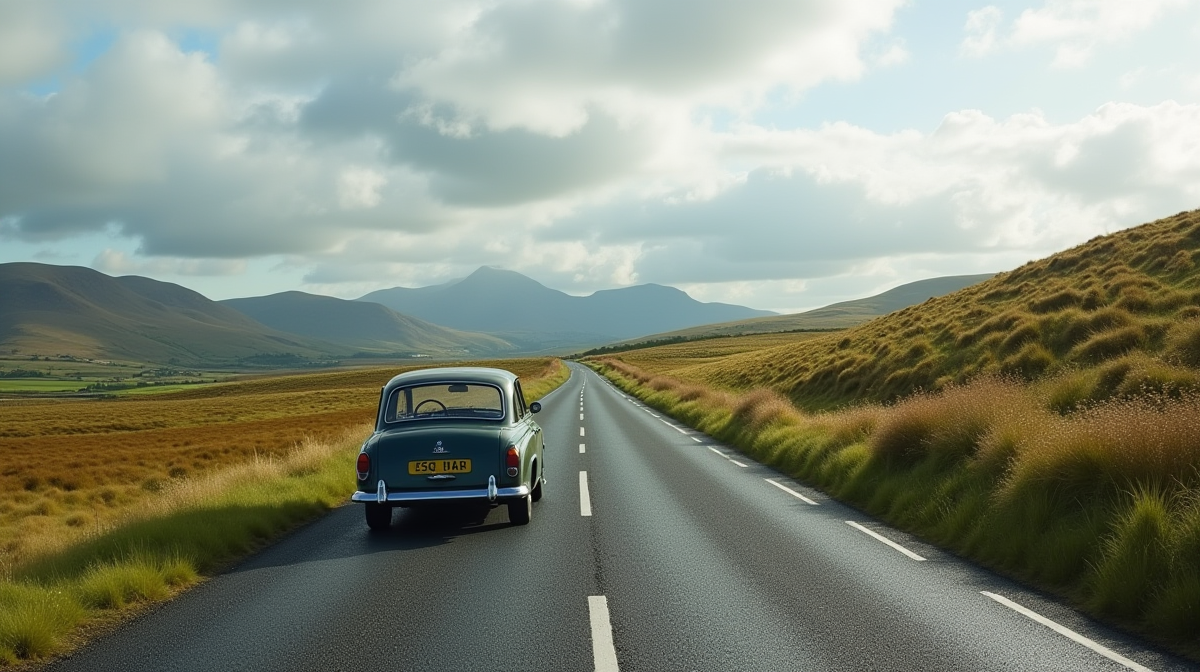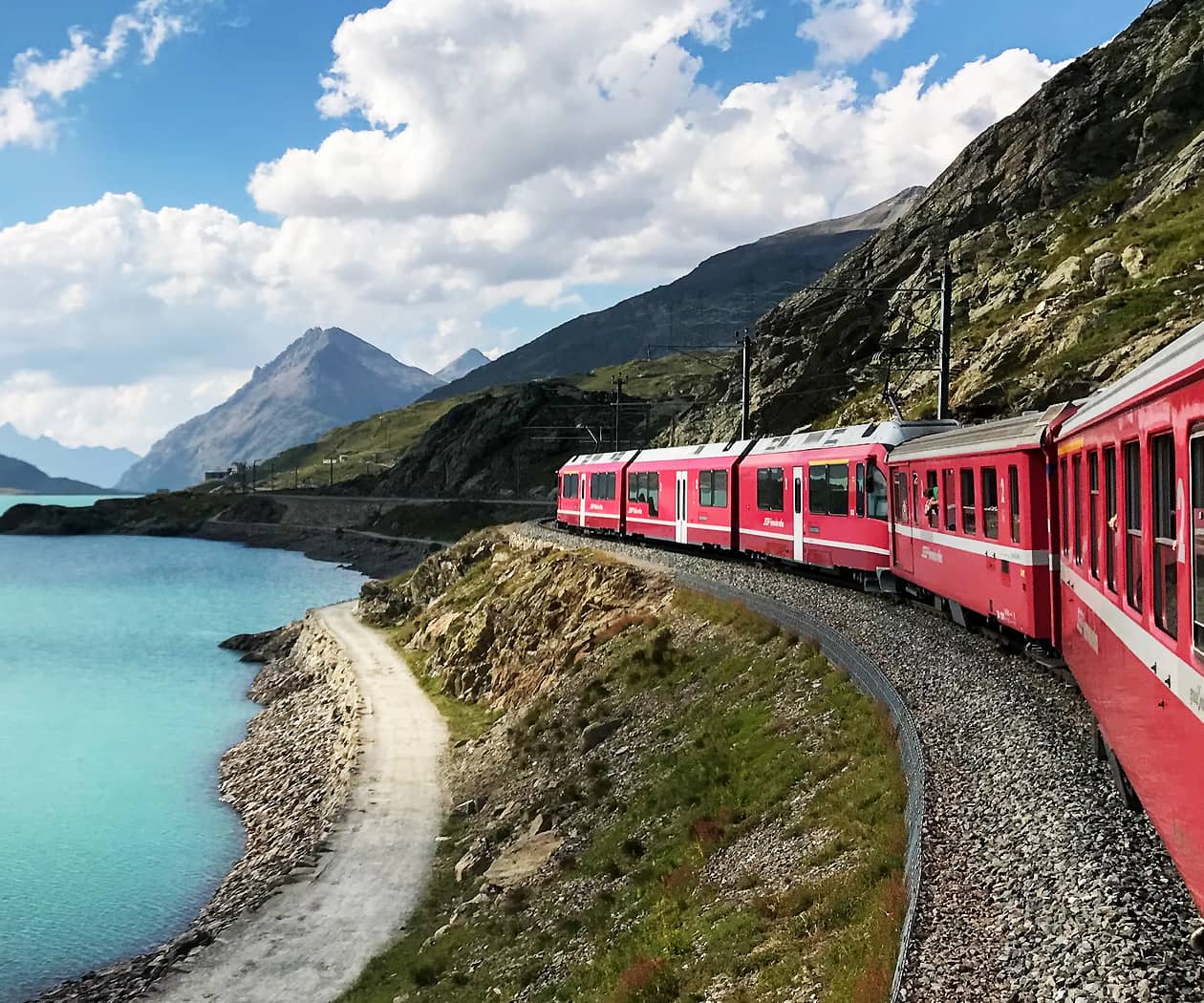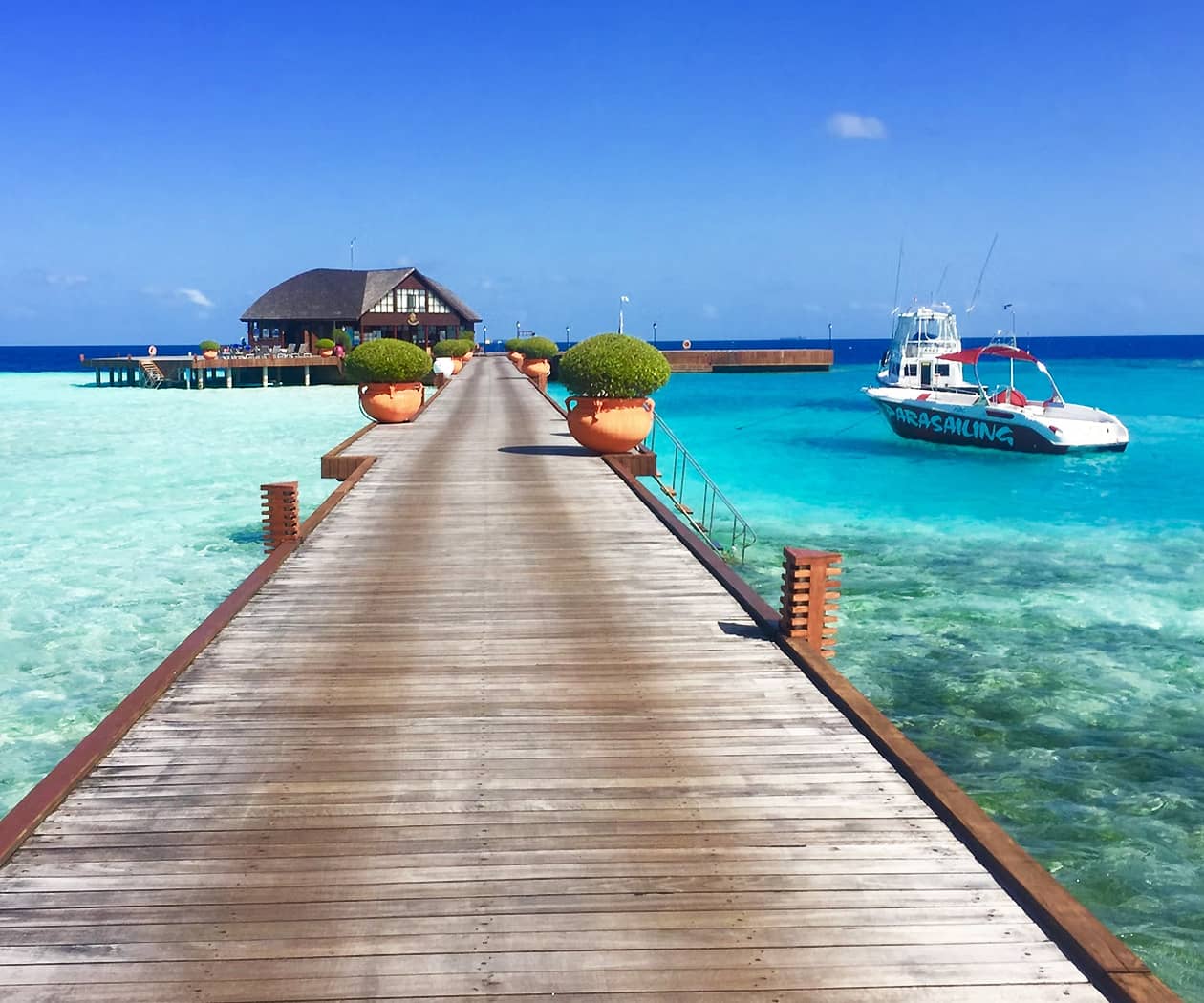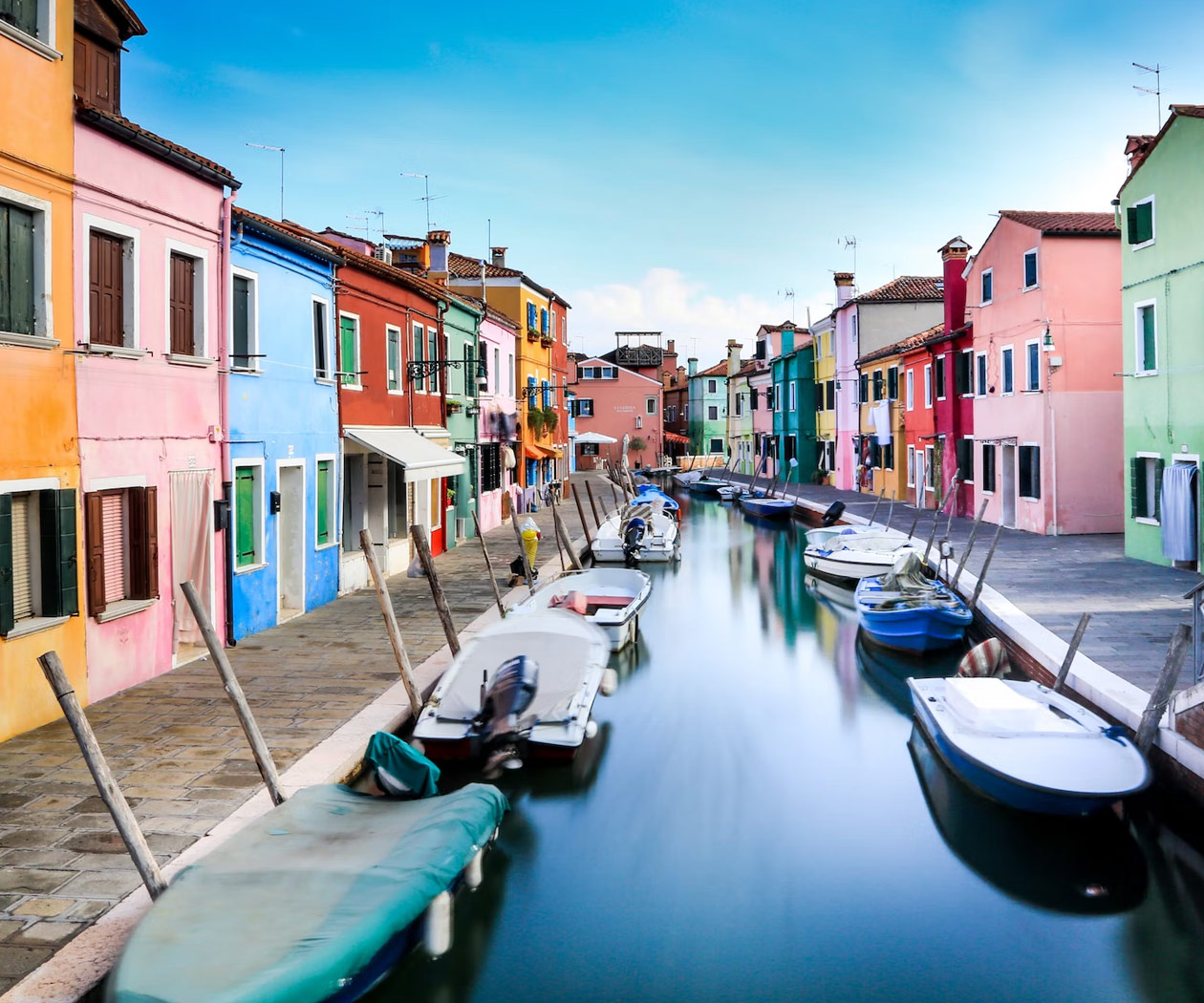Introduction
Is your heart set on exploring the poetic landscapes of rural Ireland? The prospect of a long drive through the emerald expanses, the charm of the backroads, the mystery in the bends – it’s all a romantic notion until the reality of narrow, coil-like roads, sudden weather changes and traveller fatigue set in. Navigating these offbeat paths can soon shift from delightful adventure to not-so-pleasant endeavour. How do you maintain that initial thrill and ensure your drive in the Irish countryside remains memorable for the right reasons?
Fear not; this essential guide is exactly what you need! Be at ease as we aim to solve this exact predicament. From suggesting scenic detours that will not only provide a visual treat but also necessary rest, to giving crucial tips for mastering those narrow, winding roads marked more by hedgerows than signposts — we have your back. Allow us to make your dreamy drive through the Irish landscapes stay a pleasant journey, with an abundance of beautiful memories, rather than a task. Gear up for a magical journey to remember!
Planning Your Route: Scenic Detours and Must-See Stops
Planning your route for a long drive in rural Ireland can be an invigorating adventure filled with breath-taking scenery and must-see cultural gems. But without meticulous preplanning, you could end up driving aimlessly on narrow, winding roads, missing out on Ireland’s hidden beauty.
Navigating Rural Ireland’s Roads
In my first driving experience in Ireland, the narrow and winding rural roads gave me a real shocker. Yes, they are narrow, more so than you might be used to. However, these roads are an integral part of the Irish charm. With every twist and turn comes a new breathtaking view, a living testament to Ireland’s vibrant rural landscapes. This requires you to be alert and prepared for sudden turns and oncoming traffic especially the common sight of roaming livestock.
Research and Map Out Your Route
You can use Google Maps or route planning tools like the AA route planner to help sketch out your route. These resources can also provide insights on the estimated time and potential challenges like narrow lanes or crossroads. From personal experience, adding at least 20% more time to the estimated drive time allows for unexpected hold-ups and a more relaxed journey.
Local Scenic Detour Suggestions
Did you know that Ireland has over 2,500 KM of coastline and a breathtaking 347 named mountain peaks? Discover Ireland is a reliable resource to find some scenic detours. Here are a few of my personal recommendations:
- The Wild Atlantic Way: This is Ireland’s most famous scenic route spanning 2,500 KM along the west coast with over 15 highlighted viewpoints.
- The Ring of Kerry: A must-see 179 KM-long circular route in the south-west, known for its beautiful varied landscapes.
- The Boyne Valley Route: A snapshot of Ireland’s ancient east, it stretches from Dublin to Drogheda. Reputed for its significant historical monuments.
Scheduled Breaks at Must-See Stops
The wealth of Ireland isn’t just in its scenery but also in its rich history and culture. Break up the drive with scheduled stops at heritage sites, local pubs, and cosy tea shops interspersed throughout rural Ireland. A memorable stop for me was the Burren in County Clare, a karst landscape where you can literally walk through time. Don’t miss a chance to enjoy a traditional hearty Irish stew or seafood chowder at a local pub—it’s a great way to chat with locals and glean more tips for your drive. Remember, the journey is just as important as the destination!”

Mastering Narrow, Winding Roads: A Comprehensive Guide
On rural driving routes in Ireland, one of the most challenging aspects that drivers often face is handling the narrow, winding roads that typify the countryside. Navigating these roads safely and proficiently, therefore, is paramount for a hassle-free journey. Here are some core tactics and techniques to help you master these roads.
Understanding the Roads
First and foremost, you need to comprehend the nature of these roads. These rural roads which like veins embroidering the Irish countryside, are unlike those in the cities. Many are single-track with intermittent lay-bys. They twist and turn, striking a path through the hills and often have limited visibility due to hedges and stone walls.
Concentration is Key
These roads require full concentration and can be quite challenging, especially for newcomers. One wrong move or momentary lapse in concentration could result in a tricky situation or even danger. To keep your focus sharp, it’s advisable to take regular breaks – every two hours is a good rule of thumb. This stretches your legs, rejuvenates your senses, and helps reduce the risk of road fatigue.
Patience and Calmness
Winding roads are not meant for speed. Patience is absolutely essential. Always anticipate oncoming traffic, slow down when approaching bends in the road, and bridle your eagerness to overtake. During my journey to Letterfrack, I found myself behind a tractor for several kilometers. Attempting an overtake would have been reckless, so instead, I took in the picturesque landscapes, the endless stretches of verdant green – turning a supposed inconvenience into enjoying the journey.
Learning from Experience
Driving on these roads is largely about learning from past experiences and adapting. Each journey reveals a new lesson – for instance, reflecting on a day trip to Mizen Head during heavy rain taught me the prudence of driving at reduced speeds when roads are slick. In winter, roads can be icy or snow-covered, reinforcing the need for vigilance and slower speeds.
Techniques for Handling Winding Roads
Here are a few essential tips for mastering these roads:
- Keep Your Vehicle Centre: Since the road is narrow, maintaining your vehicle in the center prevents mishaps with unseen obstructions.
- Mirror Checks: Frequent mirror checks help anticipate vehicles behind you. Give them space to overtake if the road is clear.
- Use Your Horn: A short beep on blind bends can alert oncoming traffic.
- Adapt Your Speed: Adjust speed according to road conditions and visibility.
Lastly, preparation is always key. Make sure to have a well-maintained car, ensure your brakes and lights are in working order, and use your GPS for exact locations. Exploring the beauty of rural Ireland should be an adventure, not a hindrance. So, buckle up, drive safe and soak in the charm of the Emerald Isle.

Keeping Alertness Levels High on Rural Drives
Long distance driving, especially in the rugged rural landscapes of Ireland, can be a captivating experience. However, alongside the picturesque beauty, the windy lanes and undulating terrain present their own challenges in keeping alert and avoiding fatigue. Here are some expert insights to maintain high alertness levels while driving on rural roads:
Regular Stops & Stretches:
Research shows that driver fatigue is most likely to hit after two hours of continuous driving. Hence, taking regular breaks, at least every two hours, is highly recommended. Pausing for a good stretch and a brisk walk at a local heritage spot, a serene lake or rustic village can not only rejuvenate your senses, but also enhance your rural Ireland experience.
Maintaining Hydration:
Just like an athlete in a marathon, your body also requires proper hydration to maintain alertness during long drives. The Automobile Association (AA) UK suggests you should drink around 200 ml of water every hour on long journeys. Packing a cooler with water or sports drinks could be a cool solution to stay hydrated and yet not have to make extra stops for drinks.
Plan Scenic Detours:
This is where the heads-up display (HUD) navigation system in the car, showing real-time GPS, traffic conditions, speed among other data, comes handy. The software not only guides you throughout the journey but also offers information on potential scenic detours. A simple change of scenery can refresh your senses and keep your alertness levels high.
Experience with Narrow Roads:
The quaint charm of rural Ireland includes its narrow winding roads. As a seasoned driver myself, I’ve had my share of tight squeezes and close scrapes. Over time, I’ve found that slowing down on turns, allowing oncoming traffic the right of way, and using car mirrors effectively, substantially improves driving safety on these roads.
Understanding the Local Traffic:
Interactive websites like Tourism Ireland not only provide insights into local attractions but also valuable tips on understanding local traffic rules and driver behaviour.
In one of my trips, for instance, I encountered a farmer herding his flock of sheep across the road, causing a complete halt in traffic! Such unplanned stops, though slightly frustrating, present unique opportunities to soak in the rustic rural life.
Avoid Driving at Night:
Lastly, try to avoid driving after dusk. Night driving, combined with unfamiliar roads and tiredness, increases the risk of accidents.
In conclusion, long drives in rural Ireland can be an exhilarating experience. With the right preparation and awareness, you can ensure a safe journey, full of delightful memories. Remember, it’s not just about reaching the destination, it’s also about fully experiencing the journey.

Navigating the Unique Challenges of Irish Countryside Driving
Driving in the picturesque countryside of rural Ireland can be an unparalleled experience. However, the region’s particular road infrastructure creates unique challenges, even for seasoned drivers. By following a few tips and tricks, you can transform the journey into a memorable and enjoyable experience.
Handle Narrow and Winding Roads
Many Irish country roads are windy, narrow, and flanked by high hedges or stone walls. Stay centered on the road and go slowly around corners, as oncoming traffic might appear suddenly. Keep your speed well under the limits; on most rural roads it’s often 80 km/h. On single-lane roads, pass with caution, waiting for a widened area or a passing place. Remember, safety comes first.
Respect Livestock
Navigate Poor Weather Conditions
Ireland’s weather can be unpredictable and change rapidly, with rain being rather frequent. To navigate safely, use headlights in drizzle or low light situations, maintain a safe following distance, and take your time. The Irish Road Safety Authority provides some useful advice on driving in adverse weather conditions.
Take Regular Breaks
Driving on unfamiliar and narrow roads can be mentally exhausting, so it’s crucial to take frequent breaks. The Irish countryside is renowned for its beauty, and there are numerous scenic detours and rest stops to rejuvenate and refresh. Grab a warm cup of tea at a local café, relish a hearty meal at a village pub, breathe in fresh air, and take in the breathtaking landscapes.
During a trip some years ago, I learned how crucial rest periods could be. Late into the evening, as I was attempting to navigate a particularly challenging stretch of County Donegal, my focus waned. I narrowly avoided a collision with an oncoming tractor, reminding me that fatigue can have dangerous, terrifying consequences.
Befriend Locals
Take the opportunity to interact with the local community. You may have the warmest greetings in small village pubs and can pick up essential local tips for navigating the challenging Irish roads. I’ve had numerous instances where helpful locals have advised me on the best routes to take and alerted me about particular road hazards ahead that saved valuable time and ensured safety.
Successfully navigating the rural Irish roads involves more than just following signs and speed limits. It’s a respectful interaction with the region’s unique character, bundling respect for the local life with safety measures and a balanced mindset. With preparation, caution, and an adventurous spirit, you’ll be ready to take on and enjoy one of the most beautiful drives of your life.

Tips for Safe and Enjoyable Long Drives in Ireland
Long drives through Ireland’s beautiful and rugged countryside can be a thrilling experience. The verdant landscapes, historic towns and captivating coastlines make for an unforgettable journey. However, rural Ireland roads are known for their unique character and sometimes challenging conditions. Here are some tips to ensure your journey is both safe and enjoyable.
Navigating Narrow Winding Roads
In Ireland, many rural roads are narrow and winding, some with steep drops on one side and a stone wall on the other. It provides an intimately Irish driving experience, and reiterated measures of safety are also needed. While travelling,
- Keep to the left: Drivers should remember that in Ireland, like in the United Kingdom, vehicles drive on the left-hand side of the road. Ensuring this can majorly reduce accidents and confusion on curves.
- Take Turns Slowly: A quick dash around a bend might pleasantly surprise you with breathtaking scenery, but it may also present dangers. Take time to enjoy the journey and turn corners slowly to avoid possible obstacles or oncoming traffic.
Plan Regular Stops and Scenic Detours
The country has abundant beauty spots worth stopping for. Mapping out your route with regular breaks can be vital for reducing driver fatigue. A Tourism Ireland survey showed the Wild Atlantic Way, and the Causeway Coastal Route as popular scenic detours. These breaks not only provide a chance to stretch your legs and refresh, but also a chance to soak in Ireland’s unparalleled beauty.
Prepare for Inclement Weather
Ireland is famous for its unpredictable weather, which can change rapidly from sunshine to rain showers. Always keep an eye on the weather forecast, and be prepared for driving in the rain. Maintain a lower speed during heavy rain, and ensure good tire quality and windshield wipers are in good working condition.
Safe Driving Practices
Safe driving in rural Ireland also means respecting speed limits, wearing seatbelts and never driving under influence. The Road Safety Authority provides comprehensive guidelines and details on traffic laws in Ireland.
On a personal note, my journey across the Ring of Kerry remains one of my most memorable trips. Despite the occasional fear of navigating close calls on narrow bends, the scenic beauty was worth the challenge. However, the lesson learned was to prepare better for such trips, balancing the thrill of adventure with the importance of safety.
Enjoy your journey through Ireland’s picturesque landscapes. Stay safe, take your time and enjoy the drive. Sláinte!

What to Pack for Your Countryside Adventure: Essentials and Recommendations
Setting off for a rural Irish adventure? Muse over these essentials and recommendations to pack for your countryside journey.
Travel Essentials
Our experiences have taught us the importance of being prepared, both physically and mentally for a long drive in rural Ireland. This is why we suggest some essential items to carry along in your trip to rural Ireland:
- Comfortable Clothing: Pack an array of versatile, comfortable layers suitable for Ireland’s unpredictable weather. Depending on the season, include rain jackets, hats, gloves, and scarves in your luggage.
- Maps and GPS: Although modern vehicles have built-in GPS, having a physical map or guidebook can be beneficial. Rural areas of Ireland are famous for their poor signal.
- Emergency Kit: Safety first! Make sure to include a first-aid kit, torch, and a few essential tools for unexpected breakdowns.
- Travel Snacks: Long drives mean less accessibility to food shops. So, ensure to pack lots of healthy snacks, bottled water, or a thermos flask full of tea or coffee.
Narrow Winding Roads: Patience and Persistence
From our past experiences, one challenge we have continually faced is negotiating the narrow, sometimes single-lane, roads that crisscross the green Irish landscape. These can be particularly tricky for drivers used to wide, multi-lane highways. To cope with this situation, we suggest you take your time, drive slower, and enjoy the enchanting scenery gracing these roads.
Plan Your Stops
With over 11,000 different pubs in Ireland according to an August 2019 report from Bord Bia, there are ample opportunities to take refreshing pit stops in quaint local watering holes dotted across the countryside. We highly recommend planning your route to include breaks in these pubs, not only for the rest but also to imbibe and engage with the local culture and warmth of the Irish people.
Scenic Detours
Circle off beaten and scenic detours during your Ireland expedition. The Wild Atlantic Way and the Ring of Kerry are two routes that offer arresting panoramic views of the Irish landscape. It’s worth considering these detours, even if it results in longer drive times.
Lessons Learnt From Mistakes Made
Here’s a lesson from our rural Irish history: Never underestimate the Irish weather! On one of our expeditions, we left sunbathing in Galway, only to be welcomed by a lashing, frigid rain in Cork. Thus, we advise to always have your rain gear and warm clothing close at hand, and a flexible itinerary.
With good planning and the right supplies in your bag, your long drive in rural Ireland can indeed become a memory of a lifetime. Happy travels!

Conclusion
As we wrap up our guide to mastering long drives in Ireland’s countryside, it is important to remember—travelling is as much about the journey as it is the destination. Each narrow, winding, charming road is a stunning poem authentically Irish, waiting to be appreciated by intrepid travelers like you. Each scenic stop or detour offers a glimpse into the heart of this majestic country—emerald landscapes, quaint villages, ancient castles, and the amiable locals. There truly is a world of wonder to be discovered.
Stay alert and vigourous through resilience and strategic rest stops. Allow time for the unforeseen delights you may stumble upon. Mix up your routes – take the high roads, take the low roads, and create unique memories along the journey.
Equipped with our tips and strategies, you’re more than prepared to have the adventure of a lifetime on Ireland’s sweeping country roads. And remember, this is more than just a journey—it’s a rich, immersive experience into a land steeped in mesmerising landscapes and profound history.
For further resources, there’s a myriad to choose from. Classic guides like the AA Road Atlas for Ireland can be helpful. Websites such as Ireland.com and Discoverireland.ie are treasure troves of updated information, and travel forums often have personal insights and recommendations from other explorers. Engaging with landscapes through map navigation, scenic photography, and enthusiastic stops can leave you with unparalleled stories.
With this quintessential guide as your connective thread, the grand tapestry of Ireland’s countryside is yours to savor. The canvas is robust—the narrow roads, the scenic stops, and the pastoral symphony of Ireland stretching out before you. Your Irish adventure awaits you. Take heart, take heed, and take the road less travelled—the story of your journey is waiting to be written, one delightful road at a time.









